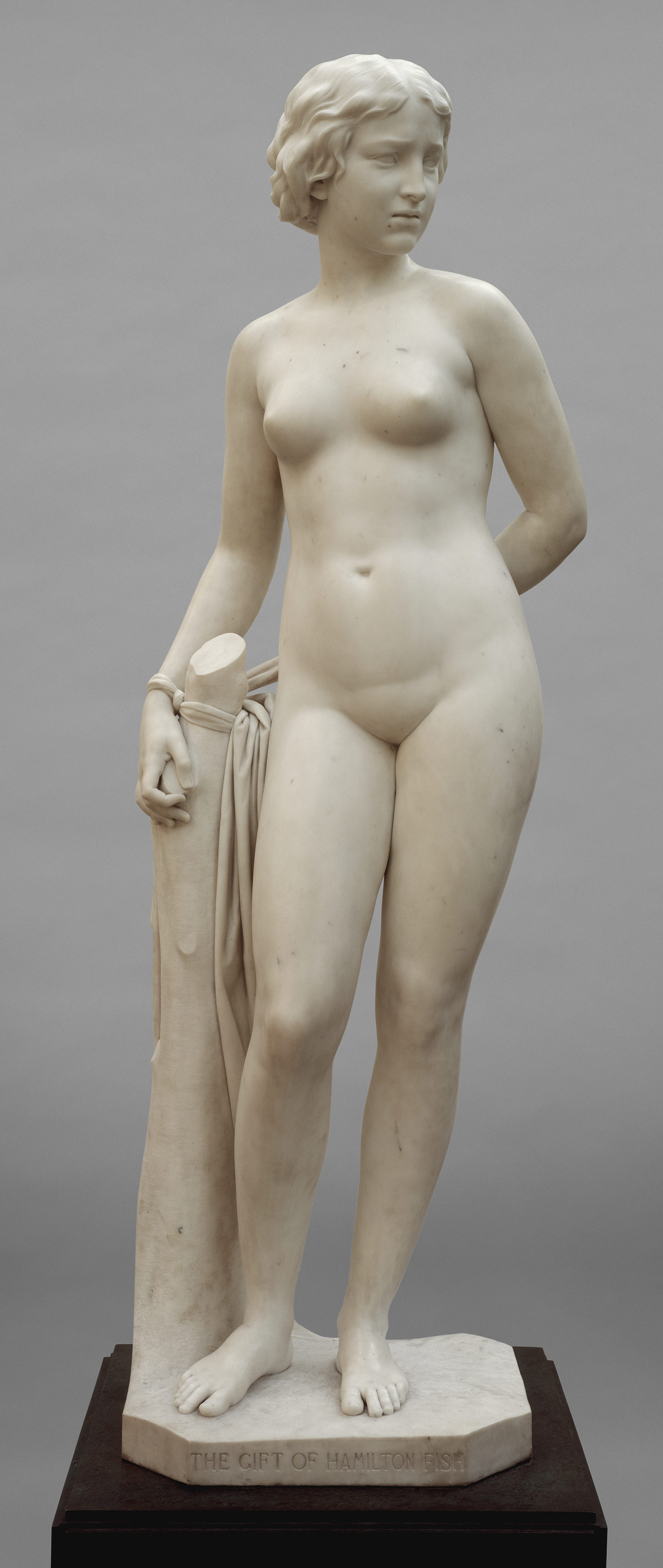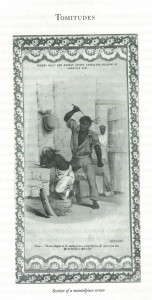Lott, Eric. Love and Theft: Blackface Minstrelsy and the American Working Class. Oxford University Press, 1993. Amazon
In tracing the long and crooked path from the reality of slavery to the fantasy of slavery, I’ve passed through blackface, or more generally whites imitating blacks.
Blackface minstrelsy was a very complex phenomenon. To begin with, it originated in the North East of the United States, not the South, and it was first performed by working-class whites, often Irish, who were perceived as only slightly above blacks in the grand scheme of things. Minstrelsy was an insulting parody of blacks, and an appropriation of black music, songs and dialect; it was also an expression of working-class whites’ anxieties about their precarious position in society, their resentment at efforts to free the black southern slave while leaving the white northern “wage slave” in the same dependent state.


